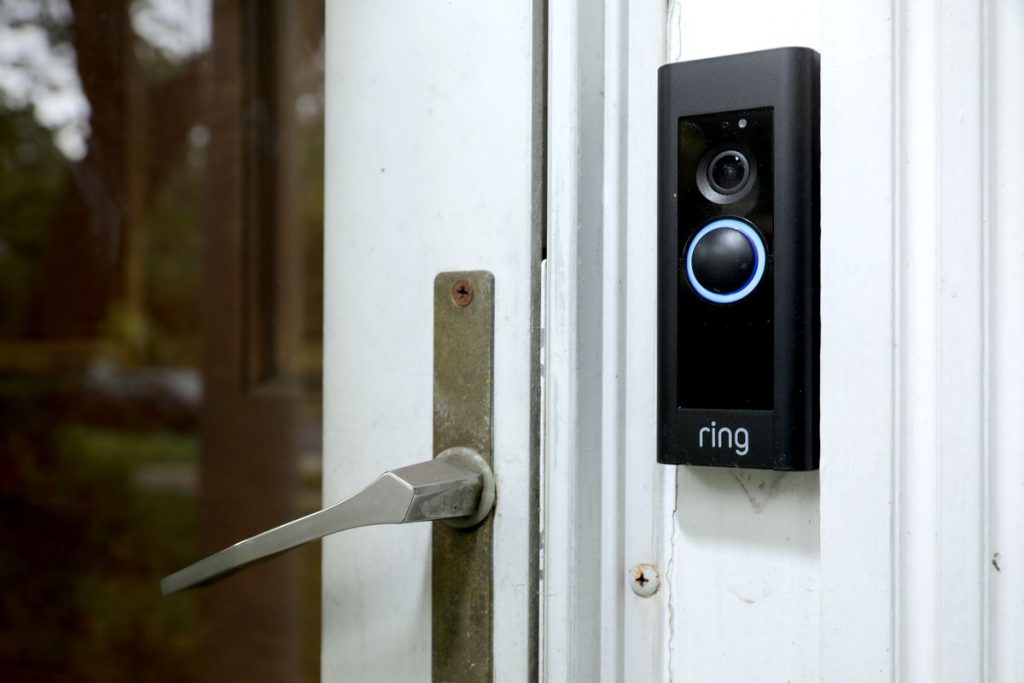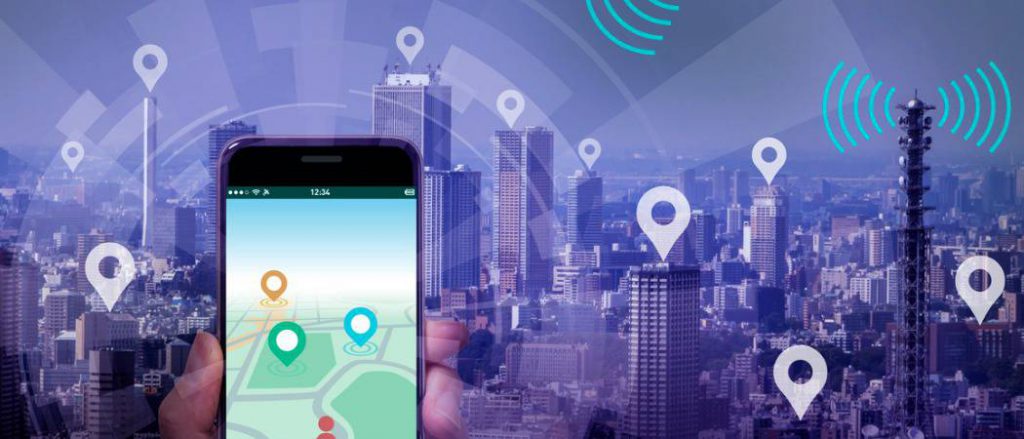Technology giants have become major actors in the world of law enforcement. Recently, Australia and the UK have passed laws that make it easier for police agencies to compel tech companies to turn over data.
But there are also more strategic partnerships being made between police and big tech companies, including the ability for officers to better connect to local neighborhoods and solve crimes faster. In this article, we share a few examples that identify this trend.

Earlier this year, white supremacist Brenton Tarrant live-streamed a massacre at two mosques in New Zealand. The social media network was criticized for not taking down the footage quickly enough, and so Facebook is now trying a new strategy that involves help from law enforcement.
Starting this month, the UK’s Metropolitan Police Service will provide body cam footage taken during its firearms training exercises, which Facebook will use to train its video recognition Artificial Intelligence (AI). The goal is to automatically identify footage of an attack, remove it, and notify the police.
“With this initiative, we aim to improve our detection of real-world, first-person footage of violent events and avoid incorrectly detecting other types of footage such as fictional content from movies or video games,” Facebook said in a blog post.
Amazon

In 2018, Amazon purchased Ring Inc., one of the leading makers of motion-sensing doorbells. The camera device can stream real-time video to a user’s smartphone, tablet or desktop, allowing homeowners to see and talk to people from both inside and outside of their home.
Ring’s impact is enhanced if an owner chooses to join Neighbors; an open-forum app that shares information among nearby residents and allows them to discuss suspicious activities. Ring has now partnered with more than 400 US law enforcement agencies, offering departments access to this Neighbors platform, where they can monitor the publicly shared information and videos.
The Neighbors Portal lets local police engage with their community, said Ring Co-Founder Jamie Siminoff, “…from posting important information about crime and safety events in their neighborhoods to viewing and commenting on public posts as a verified law enforcement officer, to asking for help on active investigations by submitting requests for video recordings.”
The video-sharing partnership allows police to request footage during specific time-frames and in certain areas, but authorities can’t see live streams of residents’ front doors, and homeowners have the right to decline the requests for footage. “We’ve also been thoughtful about designing how law enforcement engages with the Neighbors app to ensure users always stay in control of the information they share, and that their privacy is protected,” says Ring.
In Green Bay, police last year shared a video on social media that had been posted publicly on the Ring Neighbors app. It showed a man stealing from vehicles on the city’s west side and police officers obtained the suspect’s name within five minutes. Officers met with the individual, showed him he had been caught on camera – and the man, in the end, admitted committing the crimes.
Green Bay Police Captain, Jeremy Muraski, describes Ring as, “Facebook meets neighborhood watch.” He said anyone can download the Ring Neighbors app to see what’s going on in their neighborhood, and other areas, by viewing surveillance clips, alerts and other information shared by those with Ring doorbells.

(Image source: groovyandroid.com)
When law enforcement investigations become cold, there is a source authorities can turn to for location data that could produce new leads: Google.
Why? The tech leader has an in-house location database named Sensorvault, which stores detailed location records from hundreds of millions of phones around the world. The purpose is to collect information on Google’s users so that the company can better target them with advertising. But, lately, police have been using the database to help find the missing pieces in investigations.
To access Sensorvault, members of law enforcement can use a “geofence warrant.” This is a hybrid digital/geographic search warrant that will specify an area and a period for which Google gathers information from Sensorvault about the devices that were there. The records are labeled with anonymous ID numbers for police to look at location and movement patterns that appear relevant to the crime. Once they narrow the field to a few devices they think belong to suspects or witnesses, Google reveals the users’ names and other information.”
In 2018, the home of a couple was burgled in Eden Prairie, Minnesota. However, because the intruders were dressed all in black, and wore gloves and masks, local police had difficulty identifying or following leads. Investigators therefore asked a judge to order Google to identify all mobile devices that were active near the crime scene: Weeks after the warrant was authorized, three suspects were arrested and charged.

